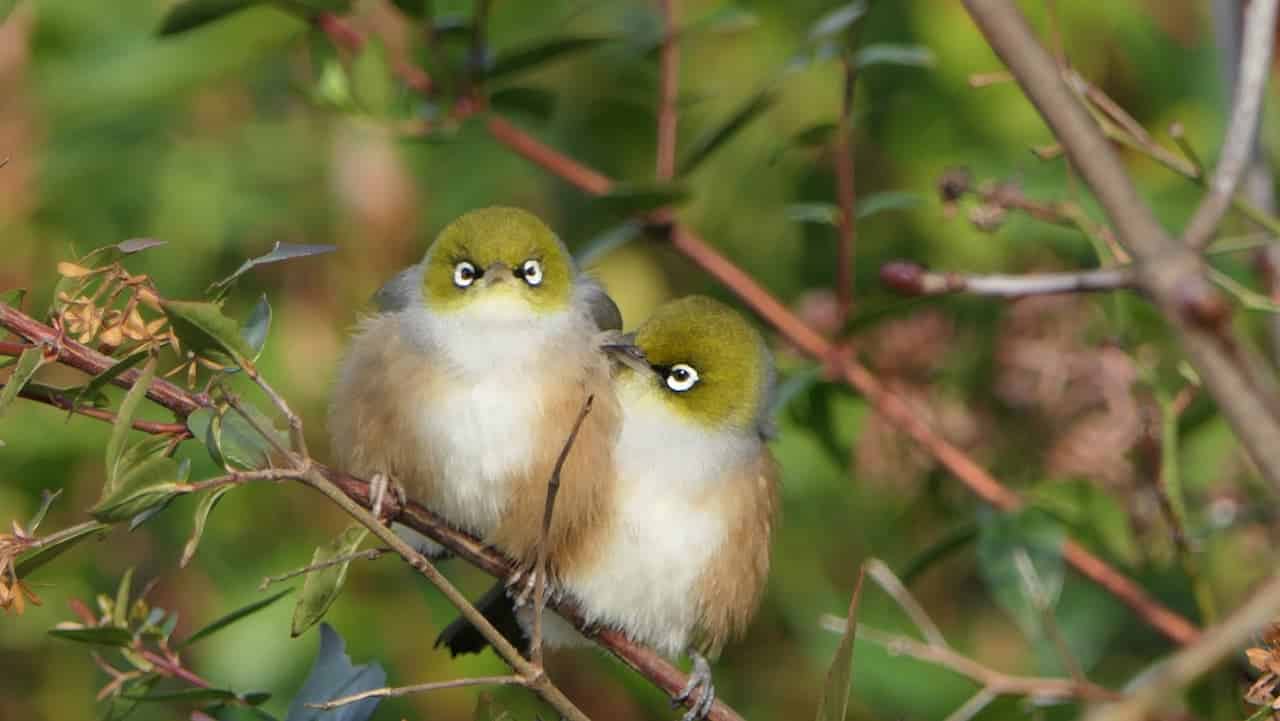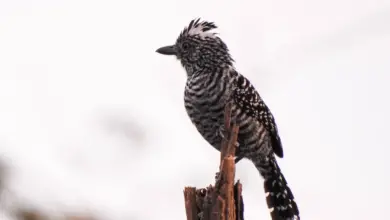Turquoise-throated Pufflegs or Godin’s Pufflegs
The Turquoise-throated Pufflegs (Eriocnemis godini), also known as Godin’s Puffleg, is a possibly extinct South American hummingbird. The last confirmed sighting of this puffleg occurred in the 19th century.
Alternate (Global) Names
Spanish: Calzadito Turquesa, Calzoncitos Gorgiturquesa, Colibrí Pantalón de Garganta Azul … French: Érione turquoise … Italian: Colibrì zampepiumose golaturchese, Fiocchetto golaturchese … German: Türkiskehl-Höschenkolibri, Türkisschneehöschen, Türkis-Schneehöschen … Czech: Kolibrík šmolkový, kolib?ík šmolkový … Finnish: Turkoosisukkakolibri … Japanese: aonodowataashihachidori … Dutch: Turkoois Pluimbroekje … Norwegian: Turkisstrupedunfot … Polish: puchatek turkusowy … Swedish: Turkosstrupig tofsbena
Distribution and Status
The Turquoise-throated Puffleg’s natural range included northwestern Ecuador and possibly also southwestern Colombia.
Ecuador: It has not been recorded since the 19th century where six specimens were located at Guaillabamba, in the ravines of the río Guaillabamba south of Perucho, Pichincha, in north Ecuador at elevations from 6,900 to 7,550 ft. (2,100 – 2,300 m). In 1976, there was an unconfirmed sighting near Quito, in the Chillo Valley
Colombia: The only evidence of its occurrence in Colombia were two trade-skins. It was suggested that they originated from Pasto in south Nariño.
Any surviving populations are likely to be small and for this reason this species is listed as Critically Endangered (Possibly Extinct).
Description
The Turqoise-thoated Puffleg measures 3.9 – 4.3 inches (10 – 11 cm) in length. The bill is black and straight. Both genders have violet-blue under tail feathers; distinctive small white eye spots, and snow-white dense feathering around the legs known as “leg puffs” (which are not always visible). These leg puffs are unique to the pufflegs and have been described as resembling “woolly panties” or “little cotton balls” above the legs. The wings are purplish-brown.
The adult male is mostly glossy green with an iridescent turqoise-tinted throat that may appear violet-blue in certain light conditions. His upper plumage and most of his under plumage is golden green. His rump and upper tail feathers are bluish green rump. The rest of his deeply forked tail is steel black.
The female lacks the male’s throat patch. Her plumage is less light and her abdomen is more golden.
Similar Species: The Turquoise-throated Puffleg is easily differentiated from other hummingbirds by its white leg plumage; and the blue throat patch of the male separates it from other pufflegs in its range. The female Turquoise-throated Puffleg looks similar to the Glowing Puffleg – except the latter hasextensive cinnamon-buff on her throat and chest.
Calls / Vocalizations
Hummingbirds are generally silent. The occasional calls of pufflegs (often given after taking flight) are described as a monotonous repeated metallic “tsip tsip tsip“.
Nesting / Breeding
Little is known about the specific habits of the, Turquoise-throated Puffleg. However, hummingbirds, in general, are solitary in all aspects of life other than breeding; and the male’s only involvement in the reproductive process is the actual mating with the female.
Diet / Feeding
The Pufflegs primarily feed on nectar taken from a variety of brightly colored, scented small flowers of trees, herbs, shrubs and epiphytes. They favor flowers with the highest sugar content (often red-colored and tubular-shaped) and seek out, and aggressively protect, those areas containing flowers with high energy nectar.
Hummingbird Resources
- Hummingbird Information
- Hummingbird Amazing Facts
- Attracting Hummingbirds to Your Garden
- Hummingbird Species
- Feeding Hummingbirds




